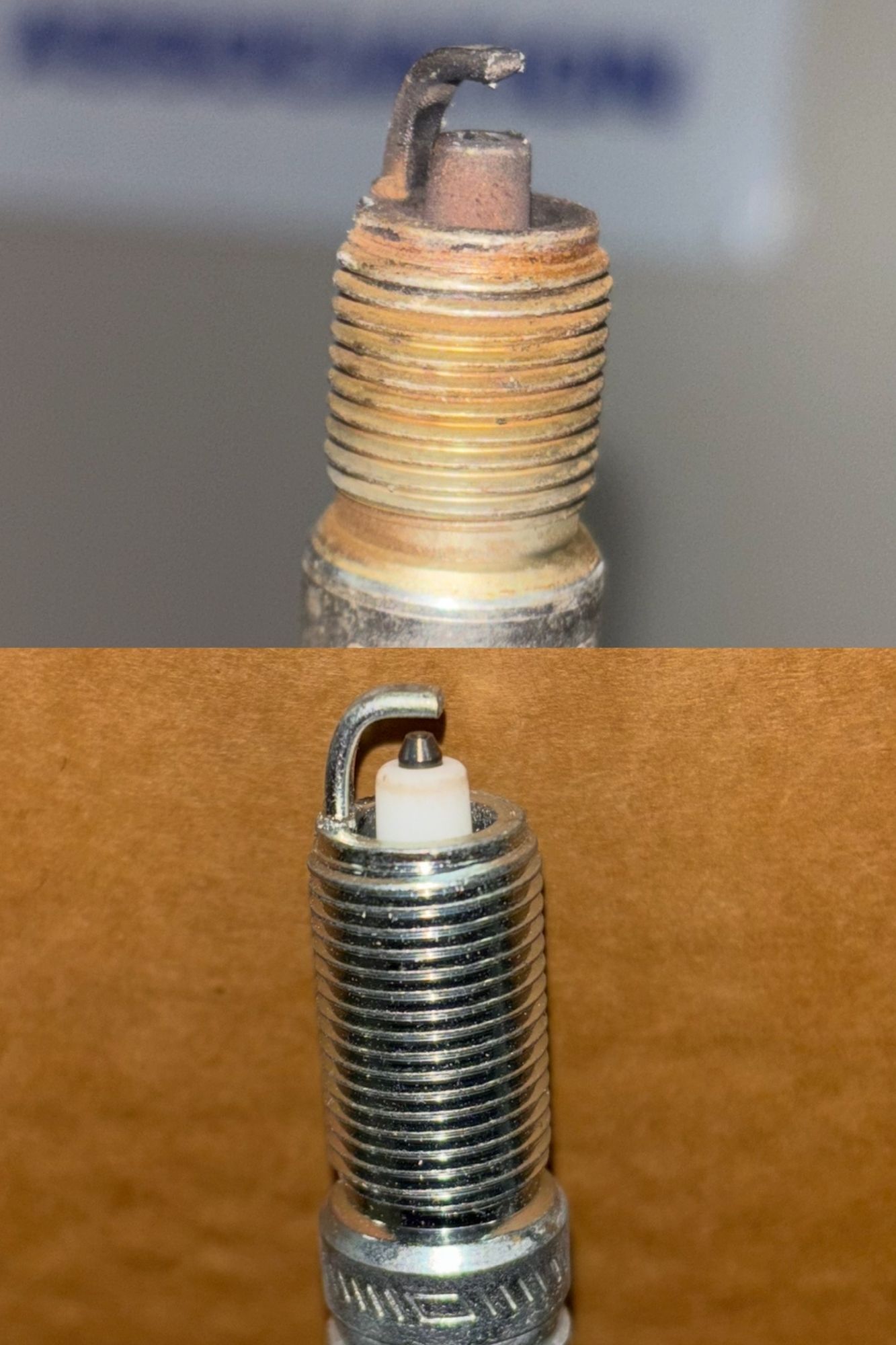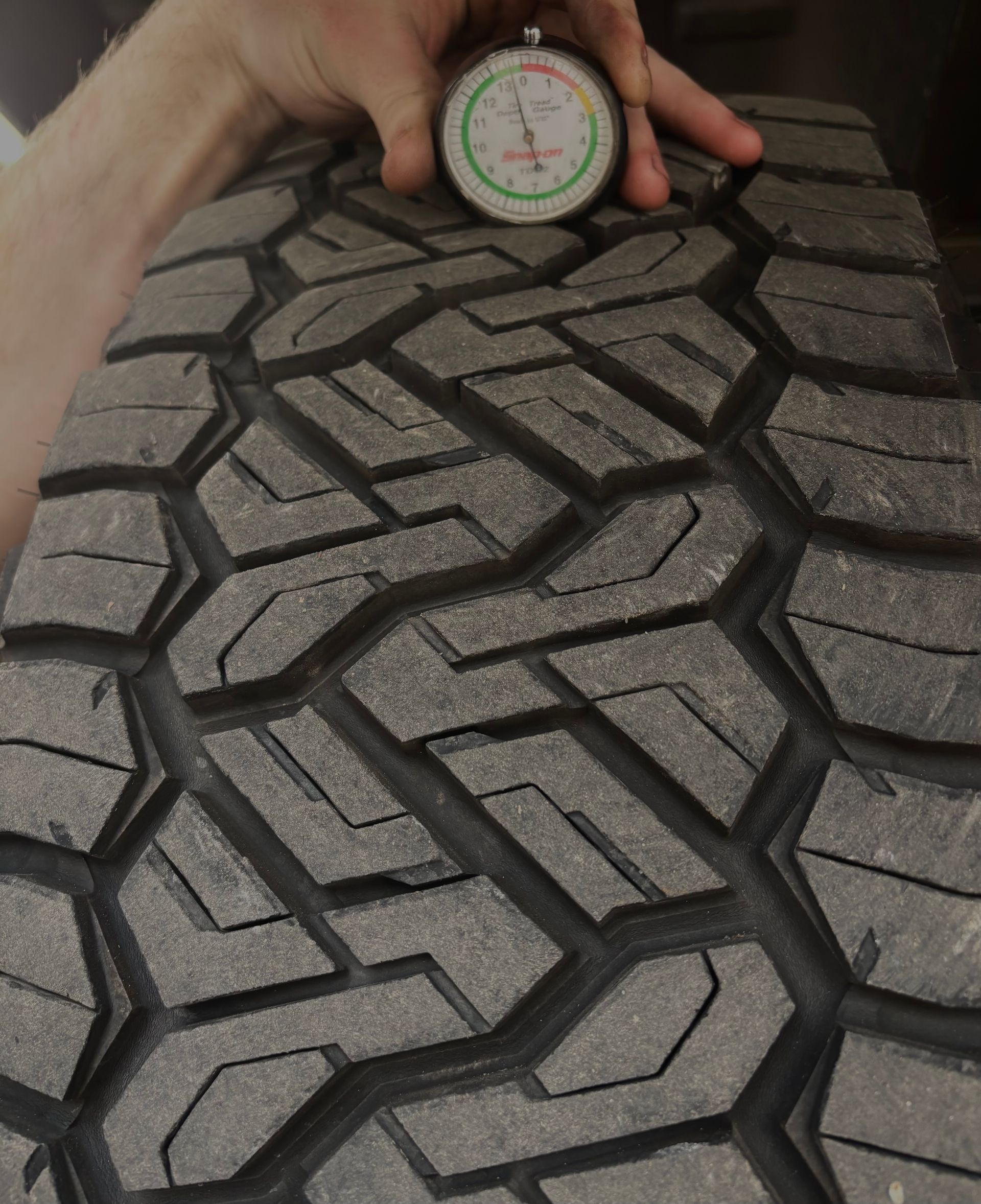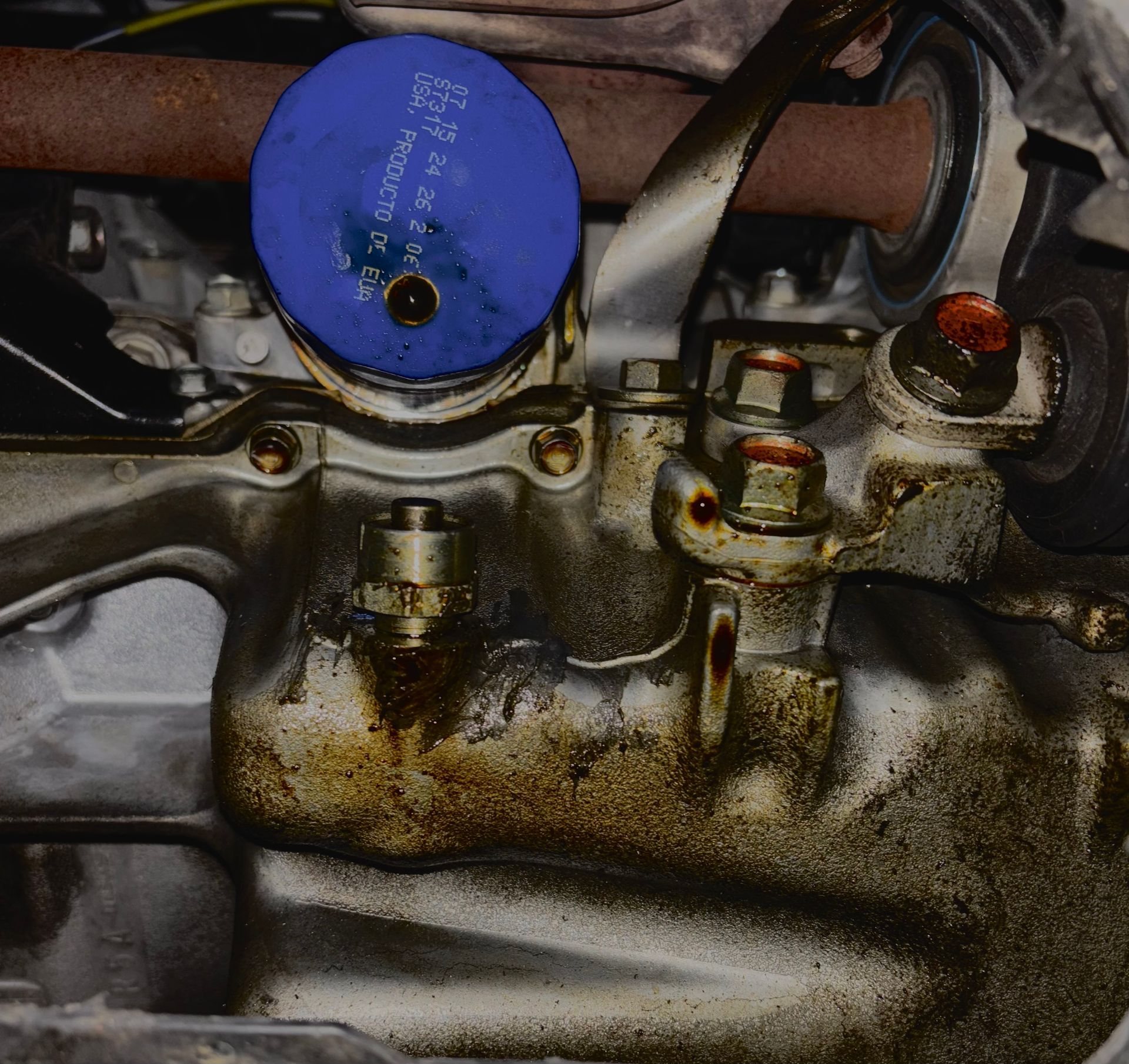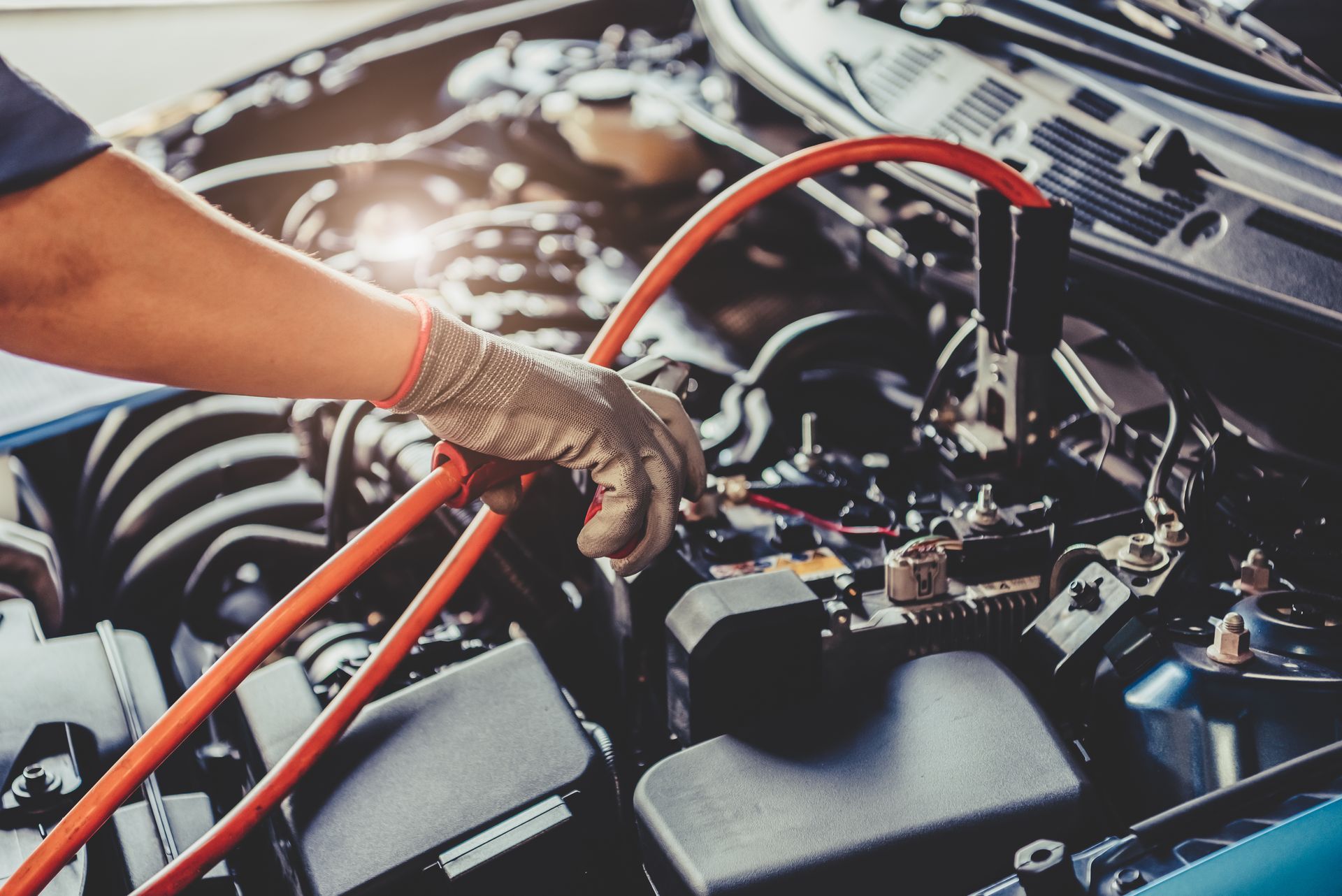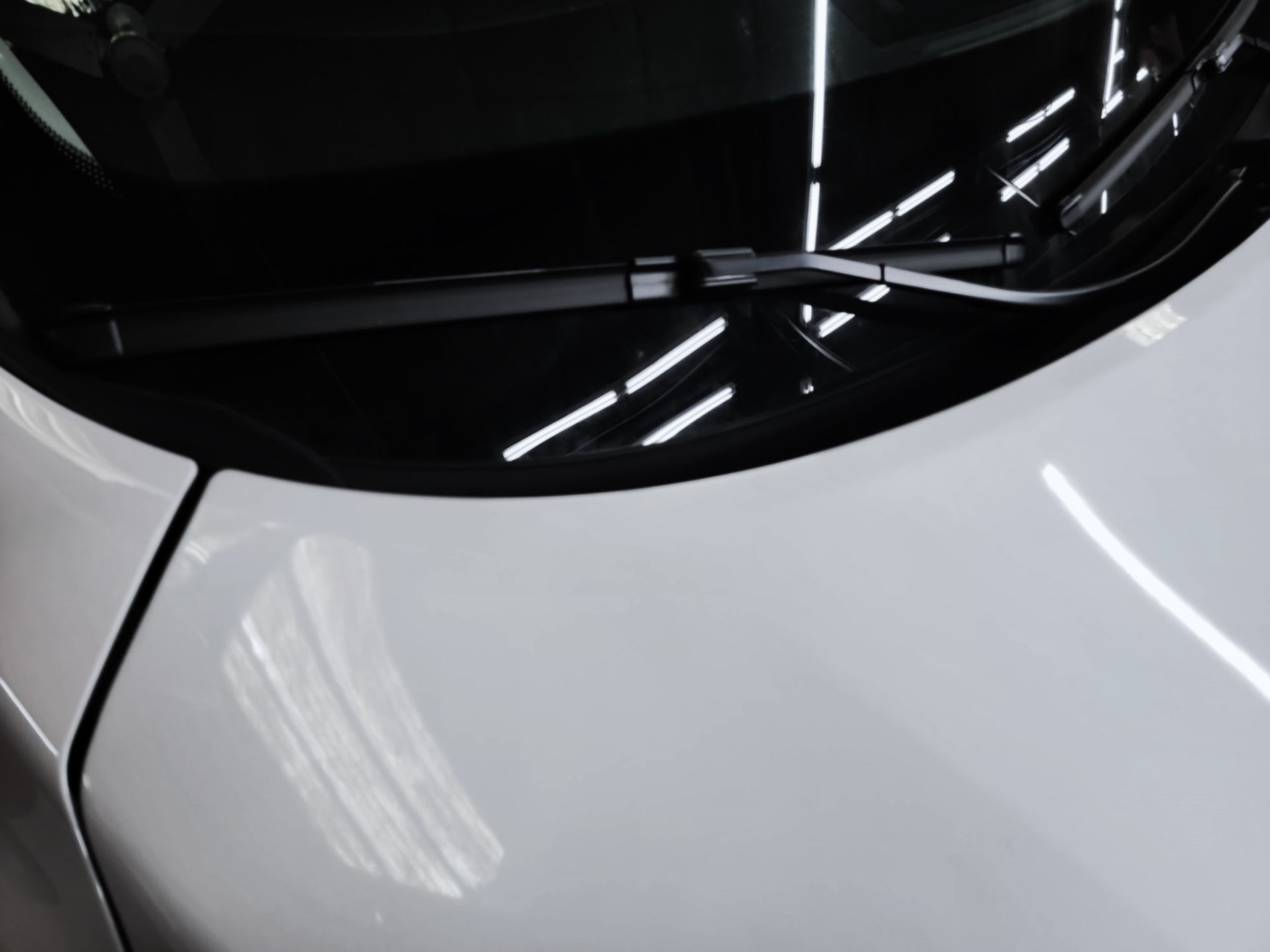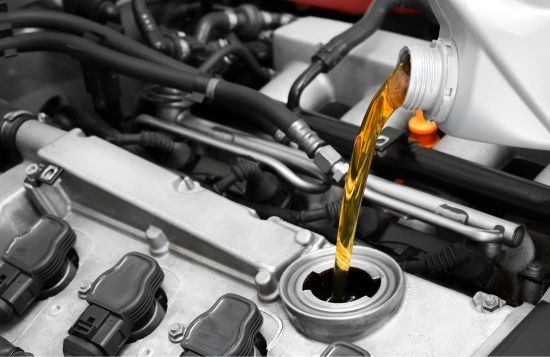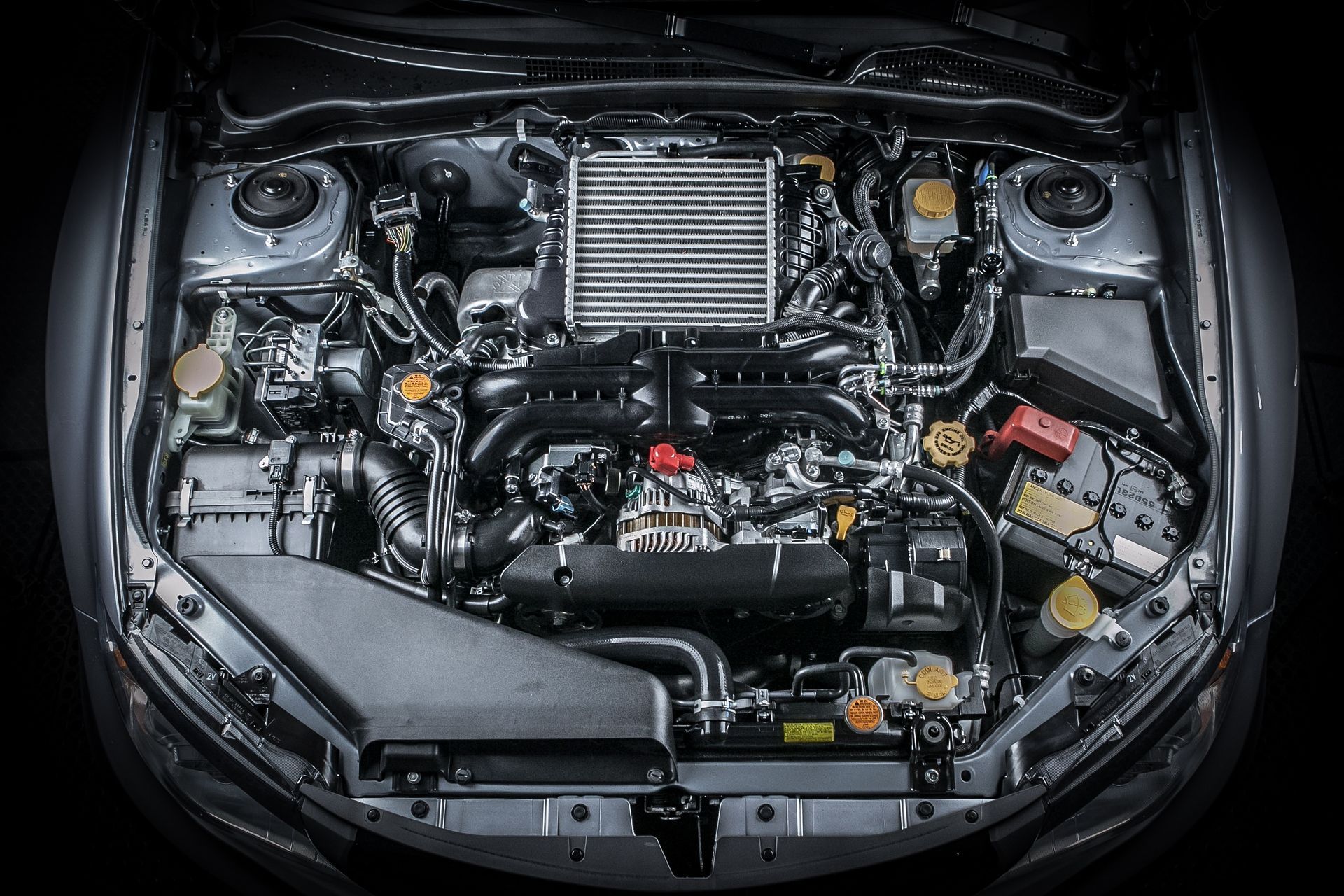Parking lot turns should feel smooth and predictable. If the wheel suddenly gets heavy at a crawl or while backing into a space, the steering system is asking for attention. Low-speed effort problems often start gradually and show up all at once on a hot day or a cold morning. The good news is that the common causes leave clear clues. Fixing the right piece returns light and precise steering without guesswork.
How Power Steering Is Supposed to Help
Hydraulic power steering uses a belt driven pump to send fluid to a steering rack. A control valve directs pressure to help you turn, then returns fluid to the reservoir. Electric power steering uses a motor and a controller to add assist based on speed and steering angle. Both systems reduce effort at parking speeds, then back off assist on the highway. When parts wear or fluid degrades, assist arrives late or not at all during slow maneuvers.
Low, Dirty, or Aerated Fluid on Hydraulic Systems
If your car uses hydraulic assist, start with the fluid level and condition. Low fluid invites air into the pump, which makes the wheel feel heavy and the pump whines on turns. Dark fluid with a burned smell points to heat and age. Look for damp hoses, a weeping rack boot, or residue around the pump shaft. Topping off without fixing a leak is a short term bandage. A proper repair may include a hose, a rack seal, or a pump, followed by a full flush to remove air and debris.
Belt and Tensioner Issues That Show Up at Idle
The pump cannot help if the belt slips. A glazed or stretched belt, or a weak tensioner spring, reduces pump speed right when you need assist most. You will feel it as a heavy effort while stopped, which improves with a small rise in rpm. Check for cracks on the rib side, shiny glazing, or rubber dust around the pulleys. Replacing a tired belt and tensioner often restores assist and quiets a morning squeal you may have tuned out.
Electric Power Steering: Sensors, Software, and Voltage
EPS removes hoses and pumps but adds sensors and wiring. If battery voltage is low or the grounds are corroded, the module may cut assist at parking speeds to protect itself. A steering angle sensor that is out of calibration can make the assist feel uneven from left to right. Some vehicles store a fault without turning on a warning light. A scan for codes and live data will show whether voltage, temperature, or sensor input is limiting assist.
Front End Parts That Add Friction
Even with a perfect assist, worn or dry parts can make the wheel hard to turn. Common offenders include:
- Dry upper strut bearings that bind while turning
- Outer tie rod ends with seized ball studs
- Lower ball joints that have lost lubrication
- Control arm bushings that have shifted and are pinching geometry
With the front wheels off the ground, a tech can sweep the steering and feel rough spots. Freeing up these parts restores a smooth, linear effort at low speed.
Tires, Alignment, and Road Surface Effects
Wide tires, aggressive tread, or low pressures raise steering effort in parking lots. Toe settings that are out of spec make the tires fight each other at a crawl. A quick check with a quality gauge is worth it. Set pressures on the door placard and recheck in a week. If the wheel still feels heavy, alignment data will tell whether toe and camber are adding to the problem.
Why Some Vehicles Feel Heavy Only When Cold or Hot
Hydraulic fluid thickens in the cold and thins in heat. A pump with worn clearances may struggle on cold mornings, then feel normal once the fluid warms. In summer traffic, overheated fluid can aerate, which adds noise and effort at stoplights. Electric systems react to temperature too. Some modules reduce assist when the steering motor gets hot after repeated parking maneuvers. Matching the symptoms to the temperature helps to test the real cause.
What We Check Before Replacing Anything
A correct diagnosis follows a sequence. We verify fluid type, level, and belt condition, then inspect for leaks and air in the return line on hydraulic cars. On EPS, we test battery health, clean grounds, scan for stored codes, and then confirm sensor calibration. With the front end raised, we feel each joint and bearing for roughness and measure alignment. A short road test at walking speed repeats the exact scenario that felt heavy, which proves the fix when we are done.
Get Easy Steering Back with TRC Automotive in Belmont, NC
If the wheel is heavy while parking, if you hear a whine at full lock, or if assistance comes and goes with temperature,
TRC Automotive will pinpoint the cause and fix it right. We check fluid, belts, pumps, sensors, and front-end parts, then set alignment so effort is light and consistent. Call or book your visit in Belmont today and bring back the smooth, one hand steering your car had when it was new.
